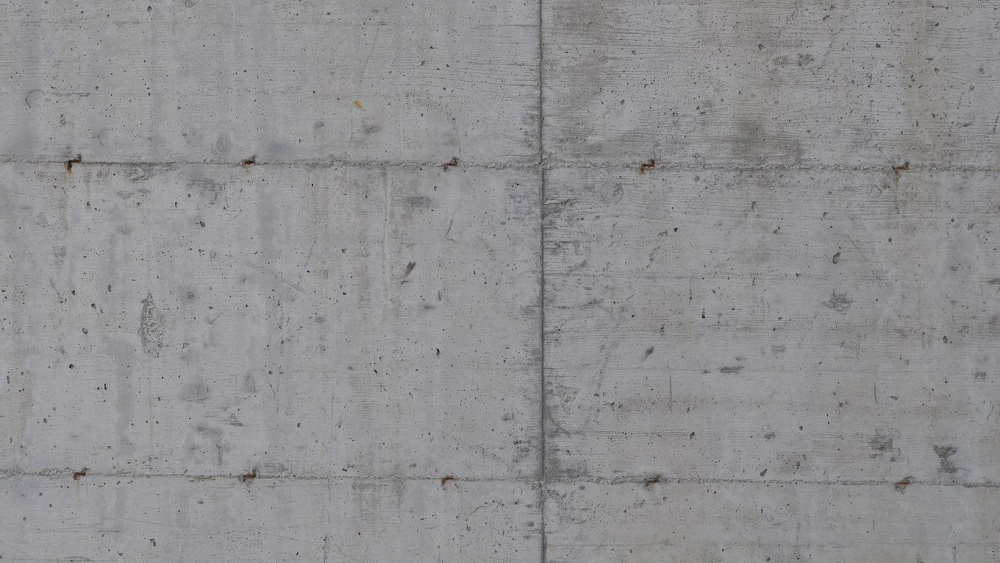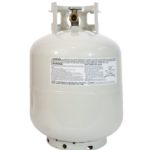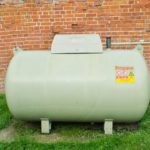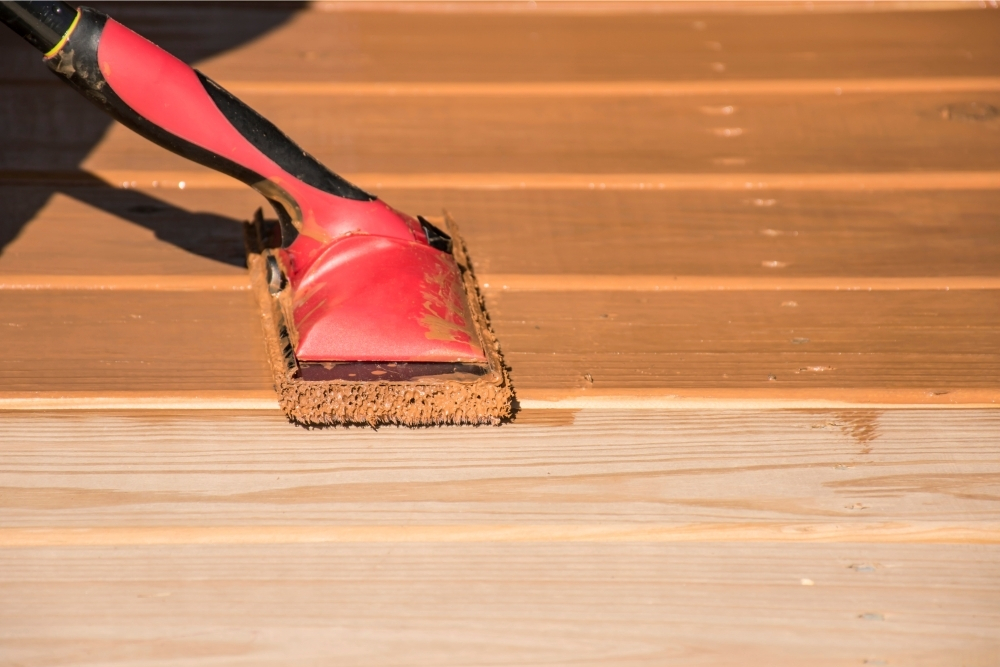Mulch can help protect your plants, reduce water loss from the soil surface, and improve your yard’s visual aesthetic. Most mulches are made from organic materials that decompose over time. So, before laying mulch in your garden, it’s important to know how long it can last and how often you need to replace it.
Organic mulch lasts for 5-6 years, depending on various factors like the type of mulch and weather conditions. Expect to replenish it every 1-2 years due to discoloration or decomposition. Inorganic mulch lasts longer since it doesn’t break down as easily. You can also add “colorant” to your mulch.
Now that we know a bit about the lifespan of mulch, let’s look at how often you need to replace it and learn some of the best ways to refresh old mulch.
What Is Mulch?
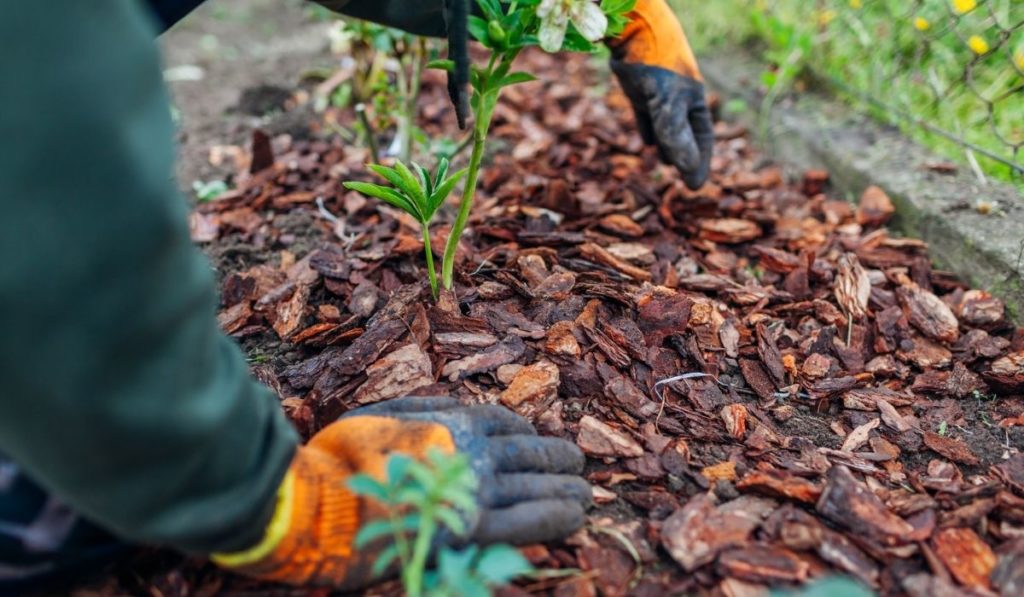
Mulch is a thick layer of material spread or laid over the soil surface and around plants to help retain moisture in the soil, suppress weeds, block direct sunlight, and make your garden look more visually appealing.
Some mulches contain valuable nutrients, thereby acting as slow-release fertilizers. These organic mulches help improve the soil structure, drainage, and fertility as they decompose. They include wood chippings and shredded leaves.
Inorganic mulches also protect plants from weeds and harsh weather conditions but don’t add any nutrients to the soil. These synthetic mulches include landscape fabric (on Amazon) and gravel.
How Long Does It Take for Mulch to Break Down?
Your mulch’s lifespan can vary depending on the type of material, watering schedule, weather conditions, and sun exposure.
Organic mulch, for instance, usually lasts 5-6 years. However, many factors are at play, and you might have to replenish the mulch every 1-2 years. Organic mulch decomposes gradually, so you’ll have to replace it all eventually.
What Kind of Mulch Lasts the Longest?
Inorganic mulches have the longest lifespans, making them suitable for permanent garden beds or paths.
Stones, rocks, and pebbles are by far the longest-lasting inorganic mulches. Even so, they have their downsides, such as being heavy, burdensome, and difficult to remove if you decide to give your garden a makeover.
Other excellent inorganic mulches are rubber and landscaping fabric. They don’t break down easily like many of the other mulches. You’ll have to replace the landscaping fabric, though, but not for a couple of years.
How Often Should You Replace Mulch
While there’s no definitive answer to how often you should replace your mulch, the importance of maintaining your mulch is important regardless of which type you’re using.
If your mulch is in great condition, you’ll most likely have to remove and replace it after 5-6 years. You’ll only be replenishing the mulch periodically when it breaks down or if it washes away. It’s very common for mulch to wash away, especially in sloping areas or near drain pipes.
You should replenish or replace your mulch when you see signs of degradation, soil erosion, and discoloration. You must also be vigilant for the early signs of decomposition, such as sogginess. Wet mulch could indicate improper drainage, which leads to rot in your garden beds.
Moreover, you need to keep track of the initial installation date of your mulch and look out for any mulch that may have been blown away by the wind. If you notice these bare spots in your yard, quickly fill them.
How Do You Refresh Old Mulch?
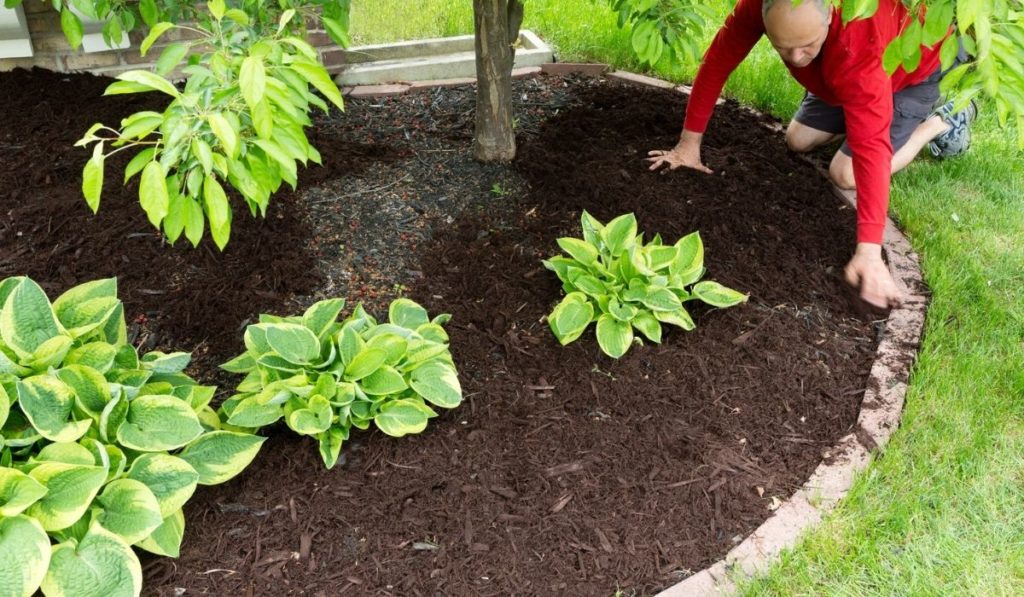
Mulch needs very little attention and can even last up to ten years before you have to replace it. To achieve this longevity in your mulch’s lifespan, you need to maintain it constantly. Here are some top tips to refresh old mulch:
Apply Colorant to the Old Mulch
A mulch colorant (on Amazon) or dye specifically made for making old mulch look new can come in handy when you want to refresh your mulch. Here are the steps for applying the colorant to your dry and aging mulch:
- Rake any mulch that has spread out over the edges of the mulch bed.
- Put cardboard over hardscape areas like patios or buildings near the mulch to prevent the mulch dye from staining them permanently. Cover plants, too, so you don’t spray leaves.
- Mix the colorant with water according to the instructions. Most mulch colorant brands recommend that you mix 4-6 ounces with every two gallons of water.
- Pour the mixed colorant into a pump sprayer and spray the dye evenly over the mulch until all the mulch is covered.
- Allow the mulch to dry for at least six hours.
- Remove the cardboard and covers you used to protect plants and hardscape areas.
- Rinse the pump sprayer until it’s clean.
Remove Weeds
Regardless of mulch’s remarkable ability to fend off weeds, some still manage to emerge from time to time. You’ll need to remove the weeds from your old mulch to keep it fresh.
If you spot weeds sprouting through your mulch, you may need to add more mulch. Keep the mulch layers no less than two inches deep to block sunlight and prevent the weeds from growing. It would be best to go for shredded bark mulches because they decompose slowly and don’t blow away easily.
Always pull weeds by hand when you notice them before they spread and take over. The effects of weeds on your plants are apparent, and you wouldn’t want that in your garden.
You could apply a pre-emergence herbicide (on Amazon) to eliminate developing weed seeds. A post-emergence herbicide spray like vinegar or clove oil spray should do the trick for existing weeds. Be cautious when applying the right herbicides for your needs to avoid harming nearby plants.
Mix and Turn the Mulch
Mix and turn your mulch a few times each season to break up clumped pieces and ensure it hasn’t formed a compacted layer on the soil surface. Grab your gloves and rake, and follow these simple steps to turn the mulch correctly:
- Rake the beds to split up clumps.
- Spread new mulch over the bed, so that it’s 2-4 inches thick at most.
- Confirm that the mulch is a couple of inches away from plant stems to prevent plant damage.
- Turn over the mulch a few times every season using a rake or your hands.
- As the mulch decomposes, add fresh mulch to maintain the layer at 2-4 inches.
Mulch Twice a Year
To refresh old mulch, you need to add new mulch twice a year — once in the spring and once in the fall.
In the spring, add more mulch to replace the old degraded mulch or replenish mulch that washed or blew away. Remember to maintain the ideal thickness of at least two inches.
Before applying new mulch, you should wait until mid or late spring when the soil is moist and warm. This helps the mulch retain moisture and prepares plants for the summer heat.
You can also replenish or replace mulch whenever the current layers thin out or if the mulch dismantles in your hands like dirt.
These tips are guaranteed to keep your mulch refreshed all year round!


